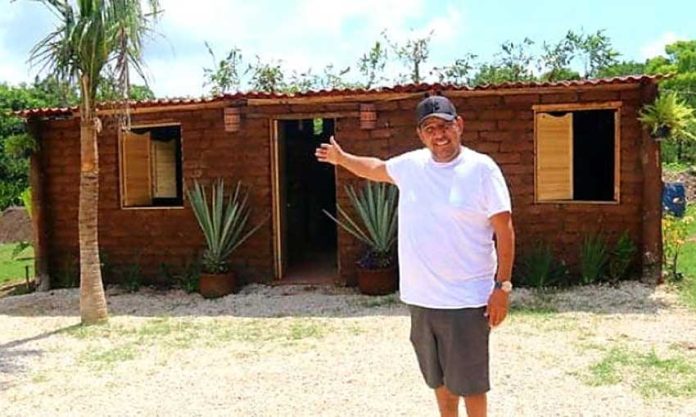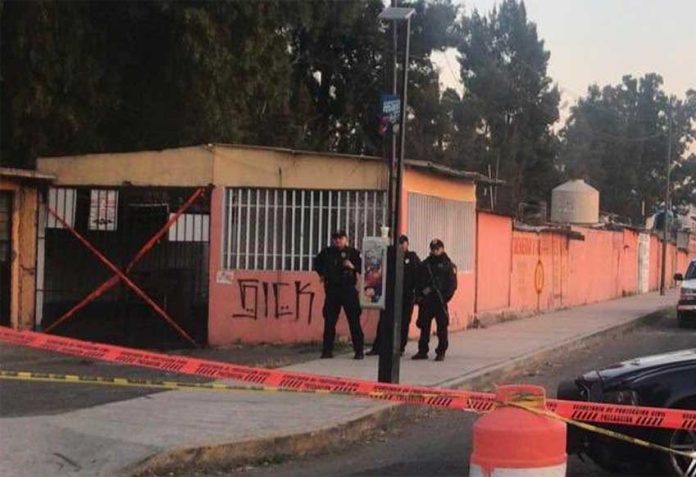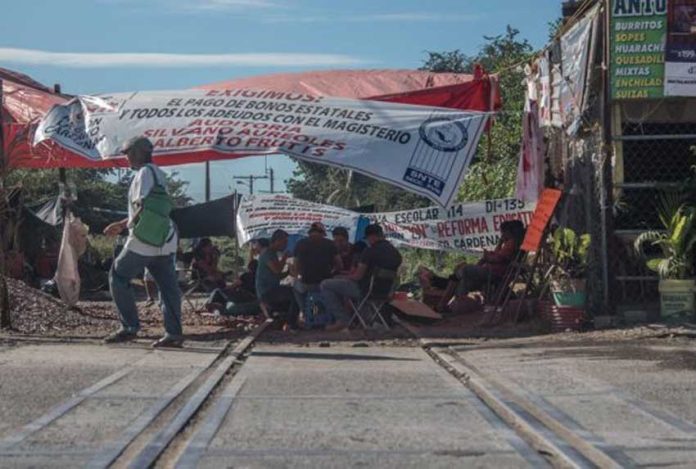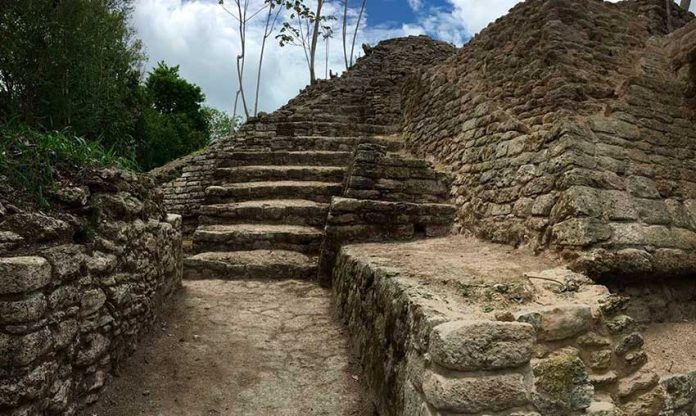Satellite and radar monitoring of sargassum as it approaches the coast of Quintana Roo will begin in the coming weeks and while many might regard the news with dread, a local businessman sees an opportunity.
Sergio Sánchez Martínez, an undersecretary at the federal Secretariat of the Environment (Semarnat), told a recent meeting that the aim of the monitoring program is to generate a daily report about the location of the macroalgae and the direction in which it is heading.
National Autonomous University (UNAM) ocean researcher Brigitta Ine van Tussenbroek said last month that large quantities of sargassum are again likely to wash up on Caribbean coast beaches in 2019.
However, the Quintana Roo Environmental Protection Agency (PPA) says that it is prepared to combat the expected invasion of the smelly, unsightly seaweed and will collaborate with the state Secretariat of Ecology and the Environment (SEMA) and municipal governments to do so.
PPA chief Miguel Ángel Nadal said authorities predict a similar amount of sargassum this year as last, when huge masses of the seaweed invaded the Quintana Roo coastline.
He explained that each municipality will be allocated at least one area to deposit the weed after it has been collected.
Puerto Morelos businessman Omar Vázquez Sánchez is also preparing for this year’s sargassum influx but unlike most, he plans to collect the seaweed to put it to good use rather than discard it.
After building a two-bedroom, earthquake and hurricane-resistant home in Puerto Morelos last year with bricks made out of sargassum and adobe, he now plans to build a hotel in Tulum with the same materials.
Vázquez said that using the seaweed in construction helps to counteract the problems caused by its arrival, adding that it’s environmentally-friendly and reduces building costs.
“We can say that [building with sargassum] is cheaper . . . and this will help to counteract the presence of marine waste on the coast, since as we know, it exceeds several tonnes and it can’t be used for many other things,” he said.
The nursery owner said the Quintana Roo government has shown interest in his plan and that some businesses in the state have made inquiries about purchasing sargassum bricks for future construction projects.
While Vázquez didn’t reveal the exact location of his new hotel in Tulum, he did offer a small clue about its size, explaining that it will require thousands of sargassum bricks.
Source: Riviera Maya News (en)









